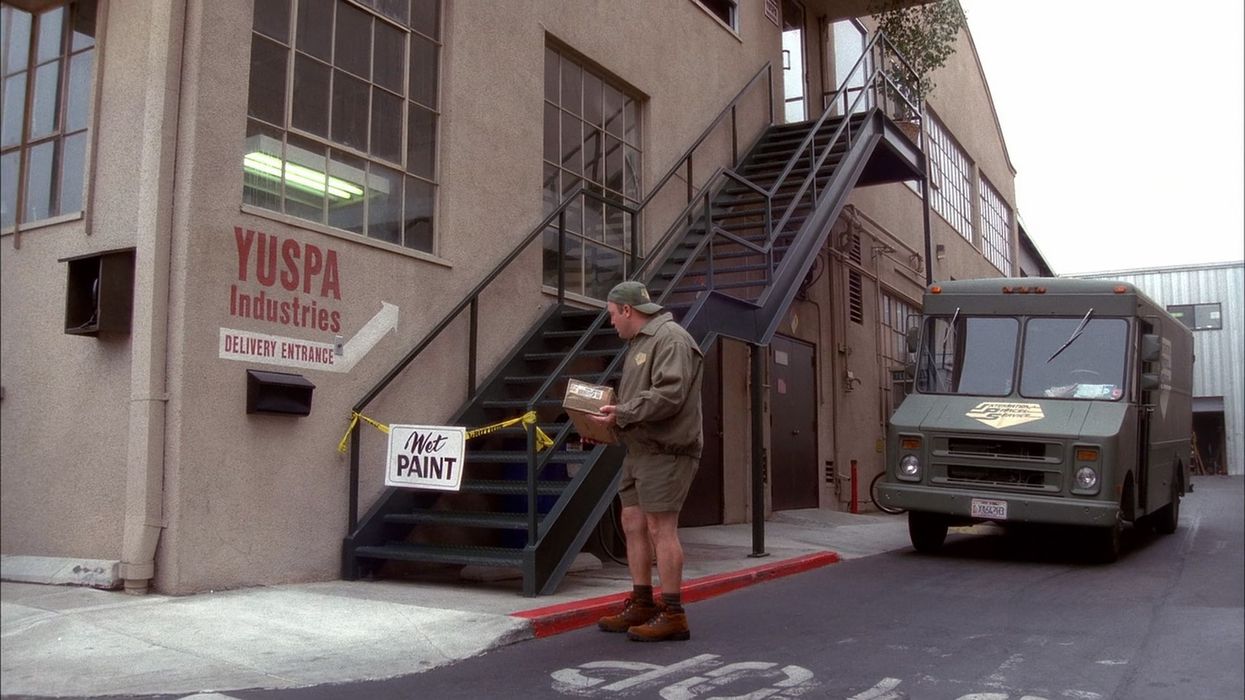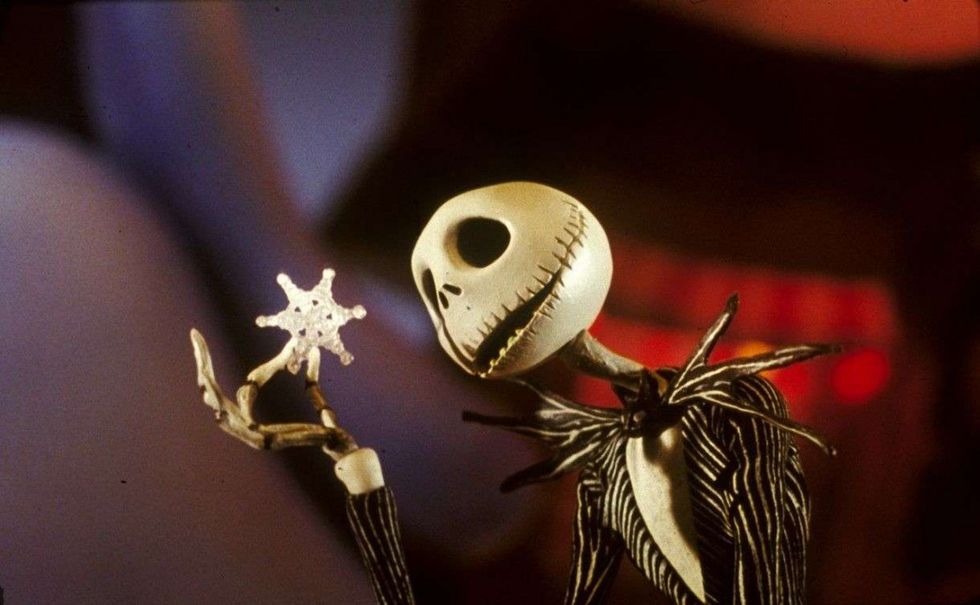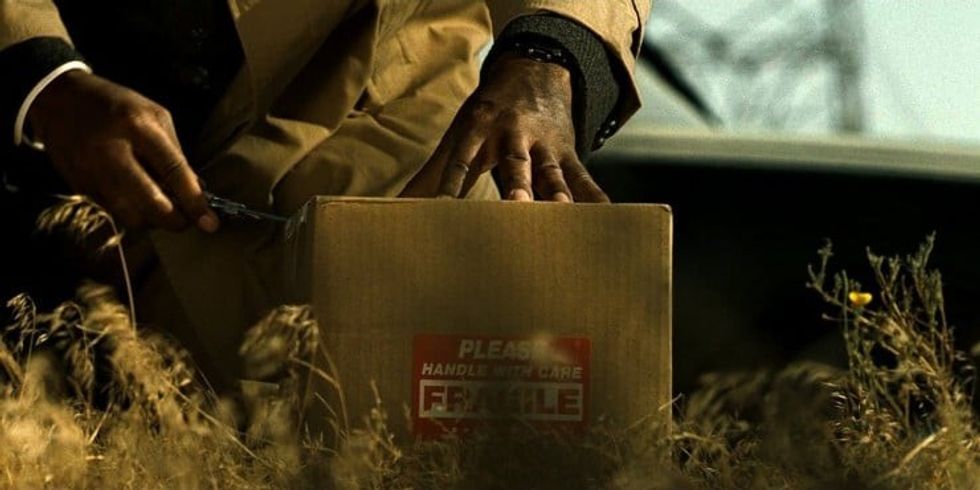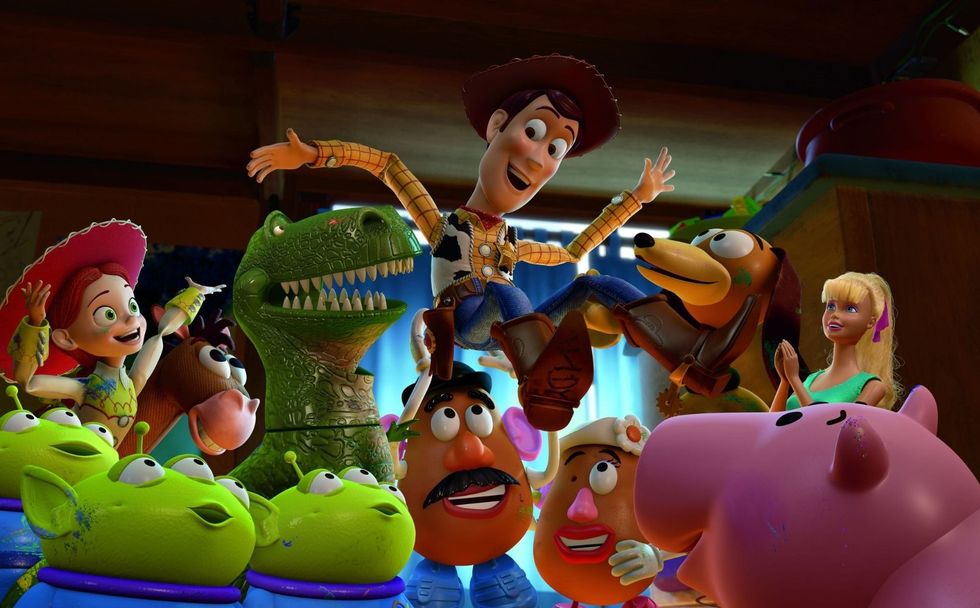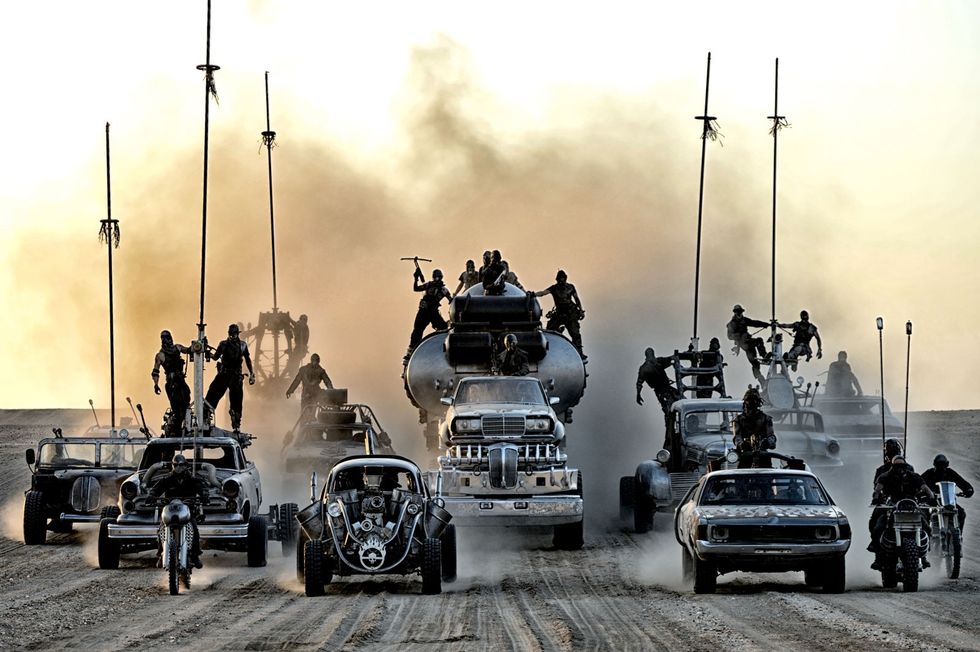The Change Heard Around the World: The History of Sound in Cinema

The story of how sound came to be a staple of filmmaking is an interesting one, and like many other stories about early cinema, it centers around big deals, money, and control over the market. There was no one person who invented the sound technology that we use today -- in fact, recorded sound for film evolved in a series of labored advancements in engineering, but one large obstacle that was necessary to overcome in order to exhibit films to mass audiences was amplification.When a viable solution was found, however, the Big Five Studios weren't too keen on making the transition, largely because of the big-ticket problems doing so posed, like construction costs for sound studios, recording equipment, wiring theaters, and more.
However, Warner Bros. jumped on the wagon early and made out like bandits. Their 1927 talkie film The Jazz Singer was a massive international success that earned $3.5 million at the box office. This ushered in the new age of sound in motion pictures. Check out Filmmaker IQ's first lesson of their series on sound below for an informative overview of how sound came to be one of the greatest contributions to film in history.
Silent films and their makers don't top many top 1o lists of filmmakers and filmgoers -- which is understandable. The vast majority of us grew up watching talkies (or as we call them now, normal movies) and have become accustomed to the dual role images and sound play in storytelling. Film without sound just isn't the cinematic packaging that we're used to. And if I was writing this on a typewriter in some chaotic newsroom in the 1920s, I'd be saying the exact opposite. "Pictures need sound as much as folks need breezers in Kalamazoo."
When The Artist came out in 2011, I was completely beside myself with excitement. One of my favorite professors in college was an expert in silent films, and helped cultivate in me a love for the black and white non-synched movies. So, after the modern silent film sweep the Oscars that February, the subject of the silent era was all we could talk about in the lecture hall -- not because making a silent film was a gimmick, not because it was something new. For me, at least, the lesson I took away from it was that storytelling exists everywhere. When the first film producers bucked the idea of adding sound to their "perfect" medium, they were more focused on the potential cost of this new technology (many were also just averse to change). But, the storytelling potential was incredible, and sound has gone on to tell stories we would've never been able to tell before.
Link: The History of Sound at the Movies: A Sneak Peak at Our New Audio Course Series -- Filmmaker IQ
